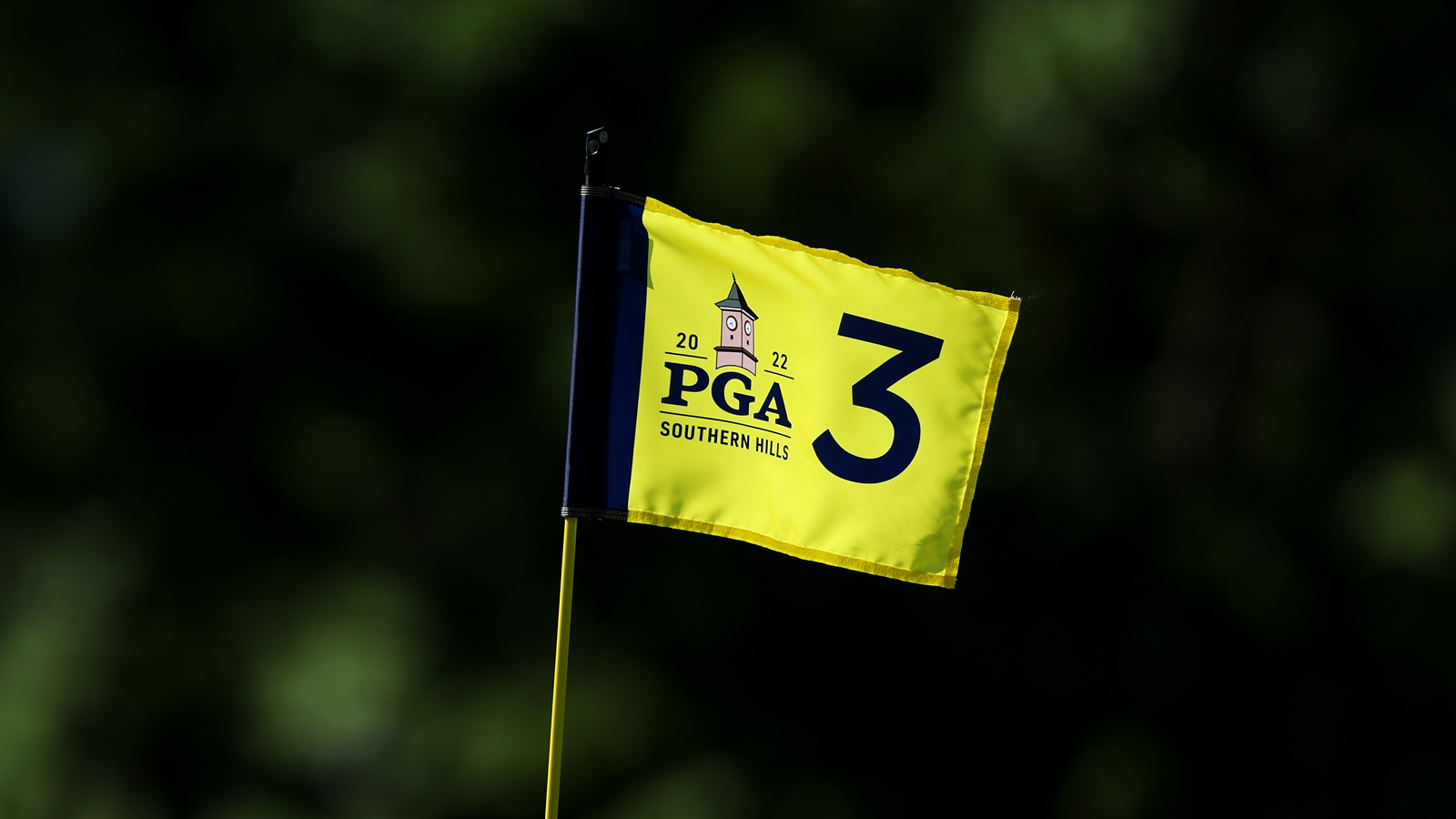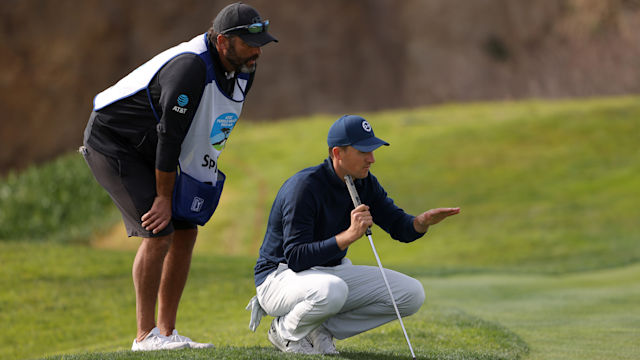Wind Golf 101: What to do when the breeze blows
By Keith Stewart, PGA
Published on

Rise and grind, it’s cut line day at the 104th PGA Championship. Players are waking up today to some extreme wind conditions. By sunrise, the midwest winds were blowing strong. Only twenty-six players finished round one under par. The challenge of Southern Hills was already evident as the field of 156 only had seventeen percent survive the first day in the red.
We all know these are the best players in the world. Part of what makes them special is their ability to adapt with changing conditions. As amateurs reading this it is important to maintain a perspective when watching the coverage on Friday. You won’t be playing in a major championship today, but the next time you do tee it up, there may be some wind. Or worse, you may face the mayhem that awaits on the grounds of the season’s second major championship.

Today’s teaching moment is less of a how to and more of a survival guide. We all face abnormal windy conditions at some point in our playing days. Whether the wind is blowing fifteen miles per hour or forty, these five keys will help you perform better when the invisible element takes over.
Attitude
Anytime you face challenging conditions on the course you have to enter the arena with an open mind. Forget par, or your scoring goal that day and focus on hitting good shots. Bad breaks are going to happen more often than usual. Your ability to laugh it off and maintain a positive mindset is the most powerful point I can make.
Preparation
Use your warmup time on the practice range effectively. Make sure you build a gameplan that takes the conditions you will face into account. If you know the course you’re playing, practice plenty of shots you will face with wind as a factor. Does that mean less drivers, if so make sure you are prepared otherwise.
Windy conditions mean you will miss your targets more often. Take extra time hitting short wedge shorts and pitches. Recovery will be your best friend, don’t waste time warming up with stock shots.
Calculate
During that warmup time, figure out which way the wind is blowing where you are. Practice hitting shots to specific targets on the range. Determine if the shot is downwind, cross wind or into the wind. Calculate the difference in the distance the ball travels. Once you know the effect on the ball under one of those conditions, you can begin to figure out what the impact will be on the rest.
Map it
A little trick I learned from Tiger Woods is to look at the course from a bird’s eye view. Whether the scorecard has an overhead course map, or you simply print one off the internet, make sure you have one.
Take that map and draw an arrow across the landscape in the direction of the wind. Keep that map on you during the round. As you walk through the valleys and trees, you may get turned around or question the wind direction. Pull out the map and look. Confidently knowing the wind direction prior to hitting the shot is a huge step toward success.
Adjustments
In order to hit the ball lower and control your trajectory, make these small adjustments to your setup. First, move closer to the ball. Second move the ball back in your stance just slightly. Both quick changes will help you lower the ball flight. In swing, keep those hands lower than normal. Shorten that backswing to two-thirds and feel tons of trunk turning. On the way through maintain those low hands and shorten/control that finish.
The number one key is first for a reason. Enjoy the challenge you are faced with. A positive attitude and a short memory will take you far in life. Embrace the challenge and you’ll be leading the competitors before you even tee off.



